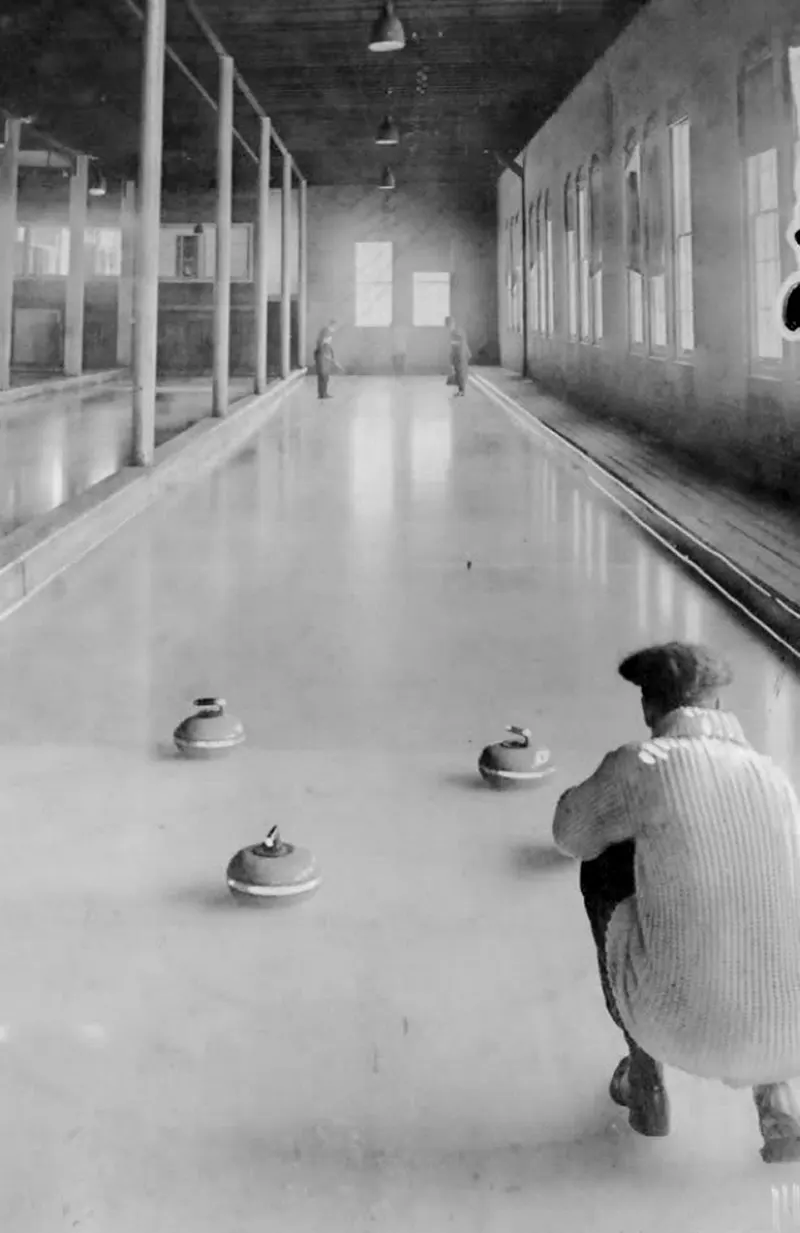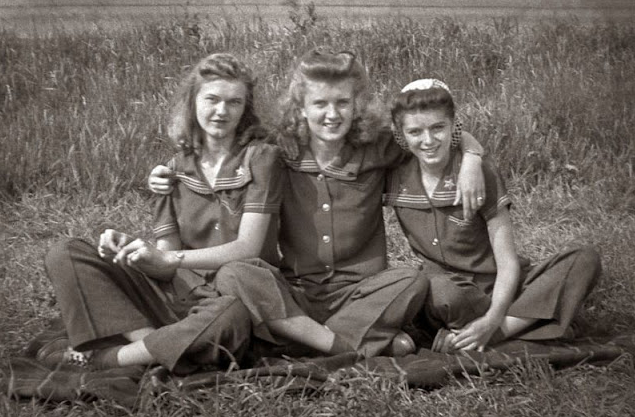The story of curling starts in medieval Scotland, where the game was born on frozen lochs using stones and brooms. Over time, rules were formalized, turning a casual activity into a structured sport.
In 1838, the Grand Caledonian Curling Club established standardized rules, laying the groundwork for the modern game we know today.
The word curling first appears in print in 1620 in Perth, Scotland, in the preface and the verses of a poem by Henry Adamson.
The sport was (and still is, in Scotland and Scottish-settled regions like southern New Zealand) also known as “the roaring game” because of the sound the stones make while traveling over the pebble (droplets of water applied to the playing surface).
The verbal noun curling is formed from the Scots (and English) verb curl, which describes the motion of the stone.
 Curling’s charm lies in its simplicity, masking the strategic intricacies that make it compelling.
Curling’s charm lies in its simplicity, masking the strategic intricacies that make it compelling.
Played on an ice sheet with concentric circles called the “house,” teams take turns sliding hefty granite stones toward the center. Each team has eight stones, with each player throwing two.
The purpose is to accumulate the highest score for a game; points are scored for the stones resting closest to the center of the house at the conclusion of each end, which is completed when both teams have thrown all of their stones once. A game usually consists of eight or ten ends.
A “skip,” or team captain, guides strategic choices, while other players sweep the ice to control the stone’s speed and direction. This interplay between skill, teamwork, and strategy defines curling’s elegance on ice.
 The player can induce a curved path, described as curl, by causing the stone to slowly rotate as it slides.
The player can induce a curved path, described as curl, by causing the stone to slowly rotate as it slides.
The path of the rock may be further influenced by two sweepers with brooms or brushes, who accompany it as it slides down the sheet and sweeps the ice in front of the stone.
“Sweeping a rock” decreases the friction, which makes the stone travel a straighter path (with less curl) and a longer distance.
 In the early history of curling, the playing stones were simply flat-bottomed stones from rivers or fields, which lacked a handle and were of inconsistent size, shape, and smoothness.
In the early history of curling, the playing stones were simply flat-bottomed stones from rivers or fields, which lacked a handle and were of inconsistent size, shape, and smoothness.
Some early stones had holes for a finger and the thumb, akin to ten-pin bowling balls. Unlike today, the thrower had little control over the ‘curl’ or velocity and relied more on luck than on precision, skill, and strategy.
The sport was often played on frozen rivers although purpose-built ponds were later created in many Scottish towns.
Outdoor curling was very popular in Scotland between the 16th and 19th centuries because the climate provided good ice conditions every winter.
Scotland is home to the international governing body for curling, the World Curling Federation in Perth, which originated as a committee of the Royal Caledonian Curling Club, the mother club of curling.
 In the 19th century, several private railway stations in the United Kingdom were built to serve curlers attending bonspiels, such as those at Aboyne, Carsbreck, and Drummuir.
In the 19th century, several private railway stations in the United Kingdom were built to serve curlers attending bonspiels, such as those at Aboyne, Carsbreck, and Drummuir.
Today, the sport is most firmly established in Canada, having been taken there by Scottish emigrants.
The Royal Montreal Curling Club, the oldest established sports club still active in North America, was established in 1807.
The first curling club in the United States was established in 1830, and the sport was introduced to Switzerland and Sweden before the end of the 19th century, also by Scots.
Curling has been a medal sport in the Winter Olympic Games since the 1998 Winter Olympics.
It currently includes men’s, women’s, and mixed doubles tournaments (the mixed doubles event was held for the first time in 2018).
 In a world that races forward, curling stands as a testament to the beauty of slowing down, of embracing the grace in each glide, and the artistry in every well-calculated decision.
In a world that races forward, curling stands as a testament to the beauty of slowing down, of embracing the grace in each glide, and the artistry in every well-calculated decision.
Its story is one of frozen waters, ancient stones, and the fire of competition.
It’s a sport where history finds itself intertwined with innovation, where strategy marries athleticism, and where the clinking of stones echoes with the laughter of camaraderie.

Curling Teams from the Early 20th Century

Curling Teams from the Early 20th Century

Curling Teams from the Early 20th Century

Curling Teams from the Early 20th Century

Curling Teams from the Early 20th Century

Curling Teams from the Early 20th Century

Curling Teams from the Early 20th Century

Curling Teams from the Early 20th Century

Curling Teams from the Early 20th Century

Curling Teams from the Early 20th Century

Curling Teams from the Early 20th Century

Curling Teams from the Early 20th Century

Curling Teams from the Early 20th Century

Curling Teams from the Early 20th Century
(Photo credit: Pinterest / Wikimedia Commons).



